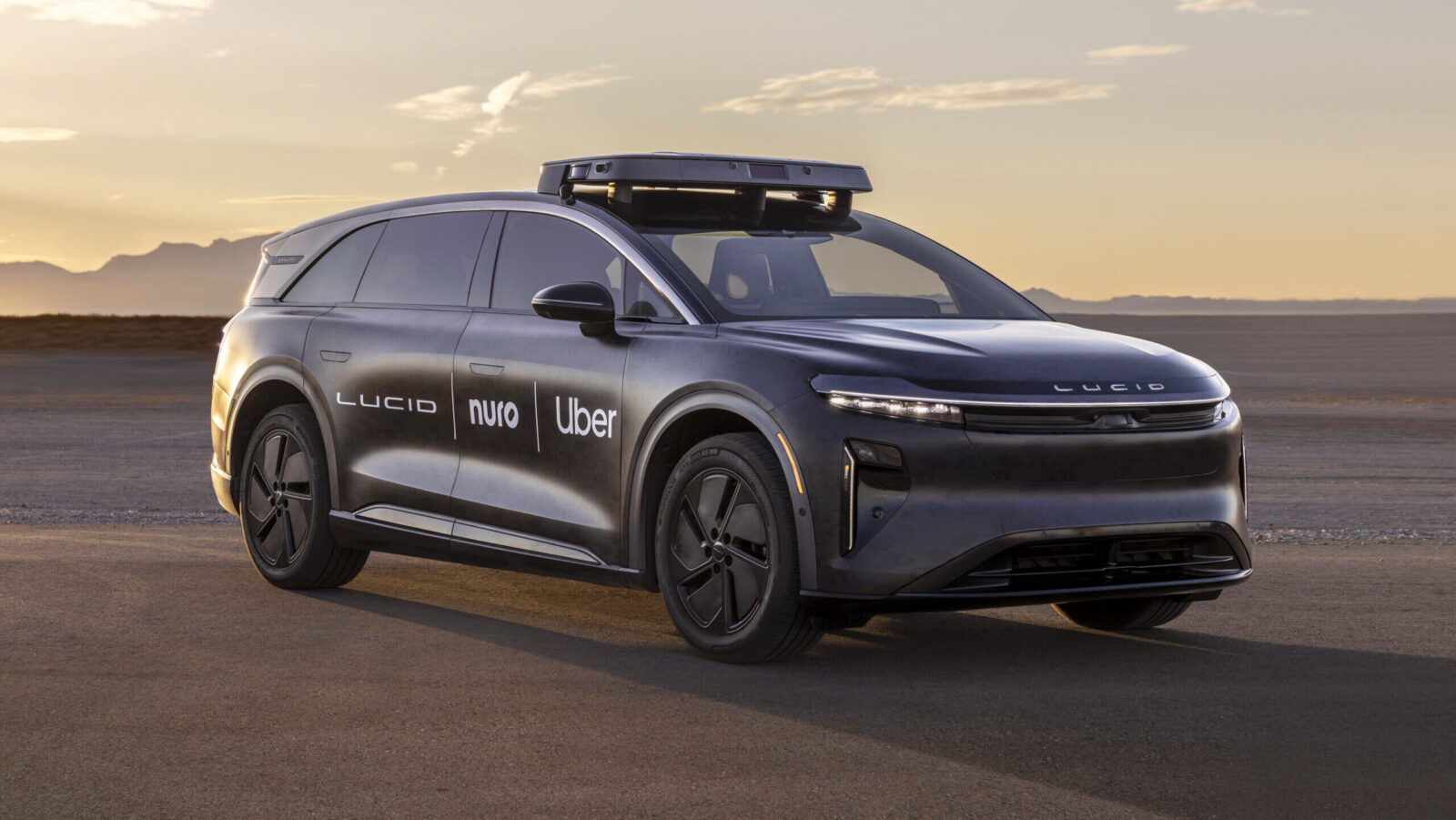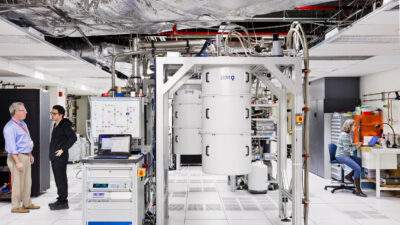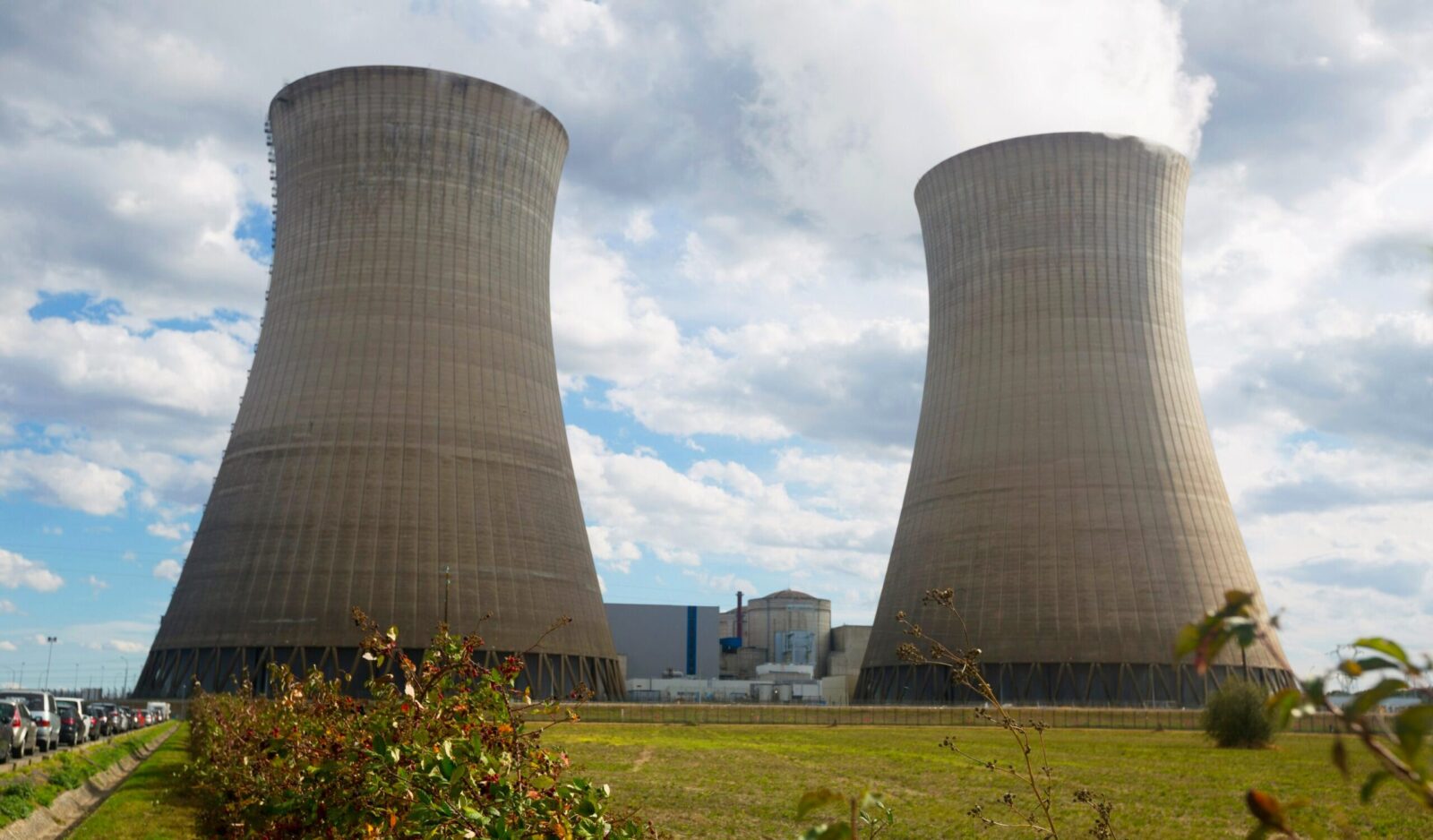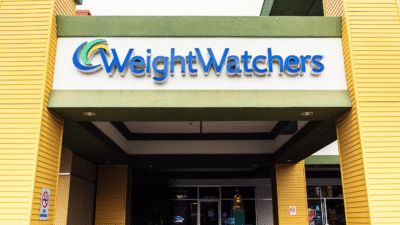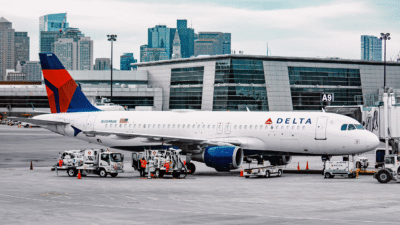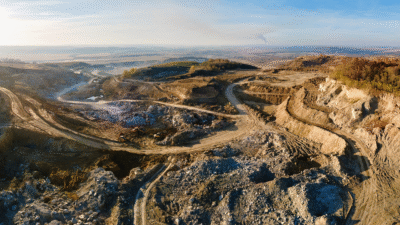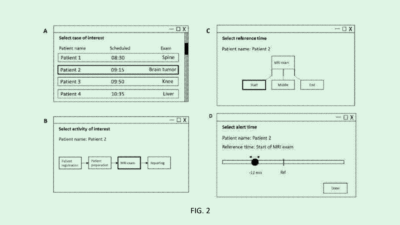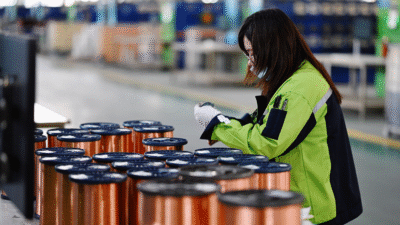America’s Passenger Rail has a New Ticket to Ride
The US’ often neglected railways might be on track for better days as the country pumps billions of dollars into outdated infrastructure.
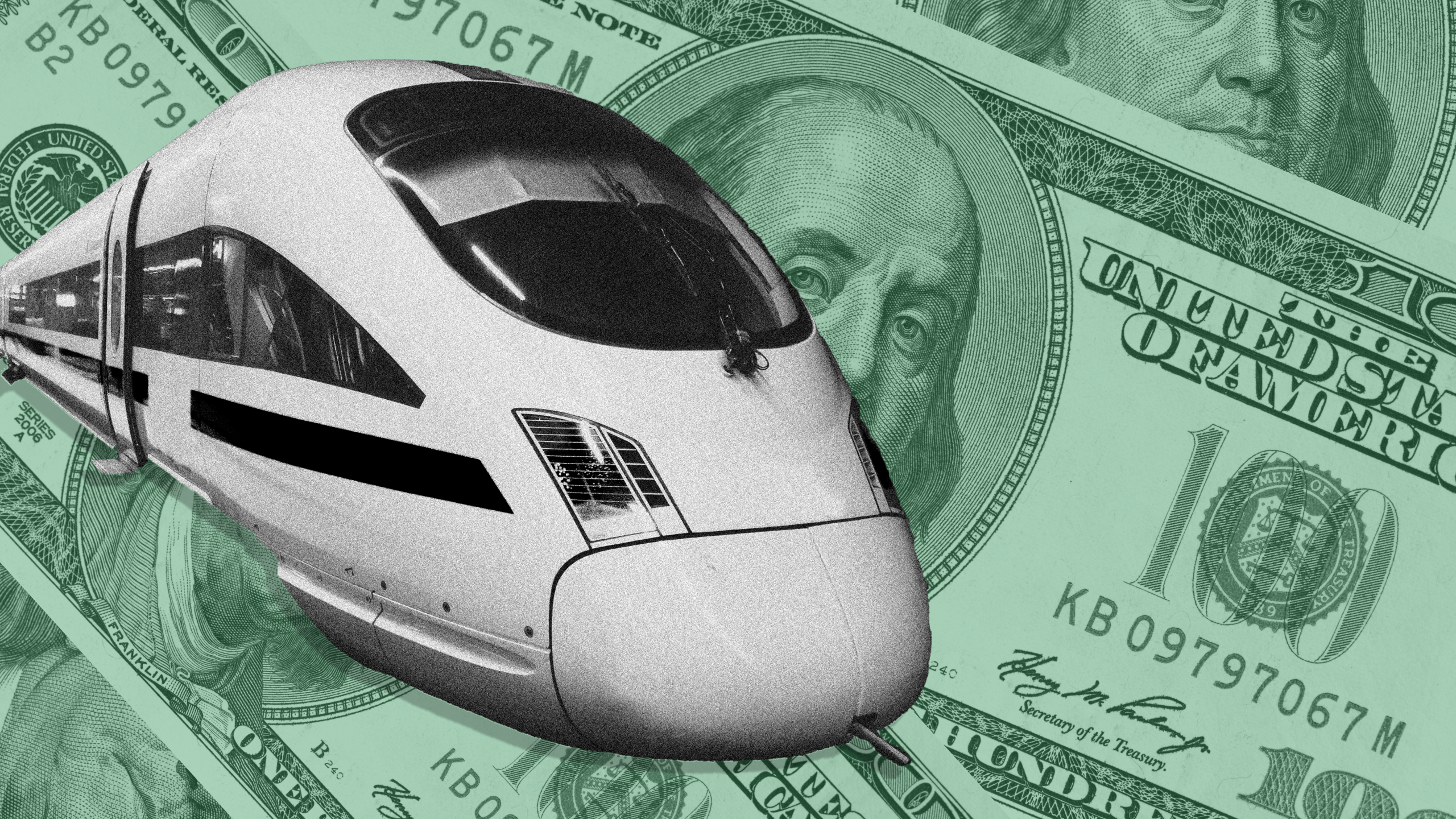
Sign up for smart news, insights, and analysis on the biggest financial stories of the day.
By the middle of the last century, the business model of charging fares for long-distance train rides didn’t make sense in the face of subsidized highway and airline travel. Why take a train for days from Washington DC to California when you can fly there in 6 hours?
Private railway companies began to lose customers, and they started shutting down money-bleeding routes. In the summer of 1970, Penn Central, the largest railroad company in the country, declared bankruptcy. In response, the Nixon administration, which still viewed passenger rail as a public good, approved the Rail Passenger Service Act later that year and created Amtrak — a taxpayer-funded patchwork built off the remaining bones of private rail, including staff, equipment, and pension liabilities. It was the single-largest investment into US rail — until recently.
All Aboard
America’s rail network is massive, but the standards are nothing close to countries like Japan, Switzerland, and Spain, which provide some of the all-around cleanest, fastest, and most punctual train services.
Ironically, America’s freight rail network— which is privately owned by many companies and similarly outdated — has a reach and capacity that makes it one of the most important parts of the US economy.
Passenger rail, though, needs some tender love and care:
- In its 2021 report card, the American Society of Civil Engineers said the country’s passenger rail network has a state-of-goods repair backlog that would cost $45.2 billion to finish. And that’s just to get trains and routes back in stable condition.
- Creating the infrastructure for high-speed trains, a rarity in the US, has a price tag of $205 billion, according to the American High-Speed Rail Act introduced last month by US Senators Seth Moulton and Suzan DelBene.
- In 2023, Amtrak reported nearly 1,400 accidents/incidents, which include collisions, derailments, and all other scenarios that cause a fatality or personal injury, or an occupational illness to a railroad employee. Most of these don’t have devastating effects but consider Japan, which reported just 11 accidents last year.
“For passenger rail, we are skeletal,” Railway Passenger Association President and CEO Jim Mathews told The Daily Upside. “We’re running trains through Civil War-era tunnels, which ought to terrify everyone.”
What’s the Fix? That all may sound a bit dour, but help is on the way after Congress passed the Infrastructure Investment and Jobs Act in 2021, which among other things, has dedicated $66 billion to Amtrak. It’s a lot of money, but it’s more like a down payment for modernizing and expanding the country’s rail network, said Mathews, whose nonprofit helped write part of the bill.
“Prior to the pandemic, Amtrak was receiving between $2 billion and $3 billion a year in federal funding, which, by the way, is about 50% of what’s spent on cleaning up roadkill along the nation’s highways, so $66 billion is monumental.”
Some of the initiatives on tap are:
- $4.7 billion to replace the 150-year-old Baltimore and Potomac Tunnel.
- $1.9 billion to repair and replace 19 miles of track along the Hell Gate Line in New York that will introduce Metro-North service to Penn Station.
- $827 million to replace the 116-year-old Connecticut River Bridge with a modern, resilient movable bridge.
And those are just IIJA-funded projects. Last December, the White House announced $8.2 billion in new funding for 10 other rail projects, including $3 billion to help create a high-speed line through California’s Central Valley that would ultimately link Los Angeles and San Francisco.
Can’t Someone Else Do It?
You might be wondering why these massively ambitious projects need to be funded by the US taxpayer. Where are the private business leaders making strides in modern train transportation like in the UK and Japan?
The problem is that a privately funded scenario would require purchasing existing rail infrastructure, repairing it, possibly buying huge swaths of land to build out new tracks, and replacing train cars and locomotives — which cost a few million dollars each and might have you waiting a decade for them to be delivered. And in the end, businesses would just be hoping that ridership would pay for it all.
“Capital cost alone would crush you,” Mathews said. “It would be like if Delta or United had to create and maintain the air traffic control system of the United States. Every one of them would be underwater.”
The Exception: A working model of private passenger rail service in the US does exist:
- The Brightline is a high-speed route between Miami and Orlando. Its parent company — Florida East Coast Industries — is owned by Fortress Investment Group, which manages $48 billion in assets.
“Brightline has a lot of unique advantages, which can be cloned around the country in a handful of places, but only a handful,” Mathews said. “Brightline owns all that land, so they don’t have to negotiate with homeowners and piece together the right-of-way in a series of market rate deals for real estate.”
Orlando and Miami are two major cities about 250 miles apart that make sense to connect. Brightline is also developing a new high-speed rail system between Las Vegas and Rancho Cucamonga, California, that is set to receive $3 billion in federal spending. But it’s avoiding the costly obligation to provide a vast transportation network.
“Amtrak and all the other [commuter] services are going to have to serve places that aren’t profitable,” Mathews said. “It’s not profitable to sell a ticket to Grandma in Marks, Mississippi, so she can go to Memphis and visit her grandkids, but we have an obligation nonetheless to make sure she can take that trip. It’s a public good. And when she gets there, maybe she spends some money or they take her to dinner. That’s where that economic activity comes from.”
If You Build It, Will They Even Come?
All the infrastructure projects and funding are intended to double Amtrak’s ridership by 2040, but will it be enough to significantly lure people away from cars and planes?
Louis Thompson, a former director of the Federal Railroad Administration, told Scientific American that so much track needs to be replaced with high-speed infrastructure before bullet trains would make sense in the US and actually cut down on travel times.
“Until we are serious about high-speed rail in the same way that we were serious about the interstate highways, we’re highly unlikely to see a national high-speed rail system,” Thompson said.
High-speed rail also costs a lot of money, the type of money taxpayers hate seeing grow each year. In 1999, the aforementioned high-speed rail between Los Angeles and San Francisco — a state-based project handled by the California High-Speed Rail Authority — was expected to cost $25 billion. Now the price tag is closer to $110 billion. In a letter to the editor in The Los Angeles Times from December, one reader described the project as “stupid, stupider, and stupidest.”
Will Amtrak Ever Be Profitable? Should We Care?
That dynamic has been a contentious piece of the puzzle for years, and it has resulted in confusion about how Amtrak is supposed to operate. “As much as Amtrak likes to cosplay as a company, they’re not a company, and the Supreme Court has said so twice,” Mathews said. “They’re an instrumentality of the US created for a public-policy purpose. Its board members are picked by the president [of the US].”
Amtrak doesn’t make a profit, though it got pretty close in 2019 when it posted an operating loss of only about $30 million, an 83% improvement from the previous year.
But conservative lawmakers like Arkansas Congressman Rick Crawford have questioned why the US should spend so much money on a service that’s not profitable, and where its leaders get hefty six-figure bonuses, even during the pandemic years when ridership hit monumental lows. Last year, Republican House members drafted a bill that would’ve cut about 65% of spending for Amtrak, but it was met with opposition by fellow party members from New York.
You won’t find black numbers in Amtrak’s ledgers, but to that, Mathews says, “So what?” In his view, a profit motive isn’t part of Amtrak’s mission.
“Having a passenger rail network is one of these vital things governments do so that we have a country,” he said. ”History is full of examples where we spend public money to create the preconditions for the success of private capital. Amtrak is more like the National Weather Service or the Agricultural Inspection Service. We don’t ask if inspecting chicken is profitable before we eat it. We just do it so people don’t get sick.”
